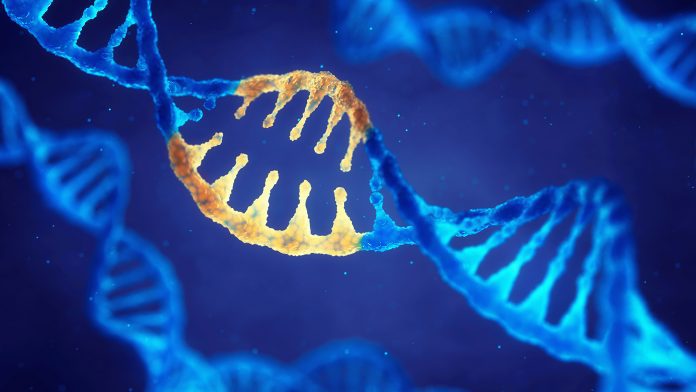
Researchers from the Austrian Academy of Sciences and the University of Southern California have uncovered the molecular mechanism behind Weiss-Kruszka syndrome.
Weiss-Kruszka syndrome is a rare neurodevelopmental disorder characterised by craniofacial anomalies, developmental delay, and autistic features.
According to the researchers, mutations in the gene ZNF462 can lead to a failure to safeguard the neural lineage specification during early embryonic development.
The study has been published in Nature Cell Biology.
The role of heterochromatin modifiers
Scientists understand that mutations in genes encoding heterochromatin regulators are associated with neurodevelopmental disorders (NDDs). Heterochromatin is a tightly packed DNA that stabilises neural cell identity and function by enforcing transcriptional silencing of lineage non-specific genes via epigenetic chromatin modifications.
However, most heterochromatin modifiers are expressed and lack sequence-specificity. This means it is unclear how the precise targeting of gene silencing is controlled, and researchers do not fully understand how mutations in heterochromatin modifiers contribute to NDD-associated neuronal defects.
The researchers have now revealed the how molecular mechanism targets the heterochromatin regulators G9A/GLP to chromatin to repress lineage non-specific genes during early neurogenesis.
The team discovered that the previously uncharacterised murine zinc finger protein ZFP462 could directly interact with G9A/GLP. They found that ZFP462 can establish repressive heterochromatin at enhancers of mesoderm and endoderm-specific genes in mouse embryonic stem cells and neural progenitor cells.
Aberrant expression was caused by failure to target G9A/GLP to non-neuronal enhancers in ZFP462 mutant cells. This subsequently leads to the misspecification of neural cells towards meso- and endodermal cell lineages.
In humans, a mutation on one allele of the orthologous ZNF462 gene causes Weiss-Kruszka Syndrome, a rare genetic disease. Weiss-Kruszka Syndrome has been linked to a high risk for autism spectrum disorder.
Based on the researchers’ findings in mouse cells, they believe it is possible that the neuropathology in individuals suffering from Weiss-Kruszka Syndrome is caused by defects in neural cell specification.
“We demonstrated that ZFP462 plays a key role in safeguarding neural lineage specification in cells of early mouse embryos,” said first and co-corresponding author Ramesh Yelagandula.
In their study, Yelagandula and the team demonstrated that ZFP462-mediated recruitment of G9A/GLP facilitated the formation of heterochromatin at non-neural enhancers. According to their research, heterochromatin restricts the binding of activating transcription factors and prevents the expression of genes involved in specification towards mesodermal and endodermal cell lineages. This suggests that ZFP462 is essential in promoting ectoderm identity neuronal cells need to develop properly.
Developing treatments for Weiss-Kruszka syndrome
“The three cell lineages leading to ectoderm, mesoderm, and endoderm emerge very early during embryonic development,” said co-corresponding author Oliver Bell.
“Once the different cell lineages are specified, maintaining their identity is critical for safeguarding the function of particular cells and tissues,” added Yelagandula. Loss of cell identity causes developmental defects and can lead to disease.
The researchers are now considering possible applications to treat Weiss-Kruszka syndrome patients. Patients with the disease carry only one mutant allele of ZNF462 with an early stop codon, while the second allele is purely functional. As there is only one normal allele present, the level of functional protein is reduced.
“We are currently investigating if the mutant allele produces a truncated, potentially misfolded protein that has a dominant-negative role in ZFP462 regulation. If this were the case, we might be able to intervene by neutralising the truncated protein and help alleviate the patients’ symptoms,” concluded Yelagandula.









